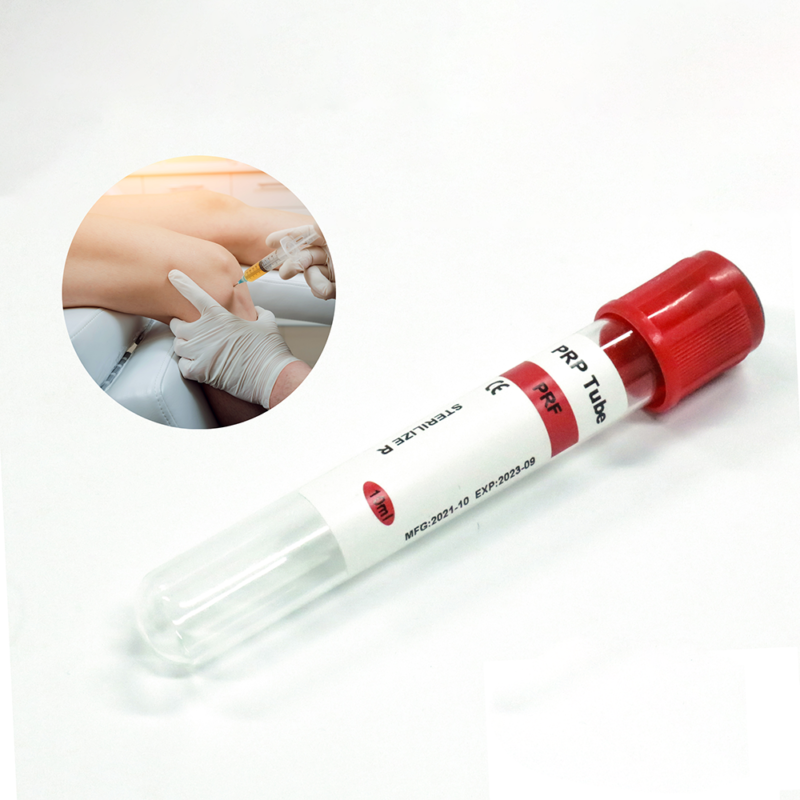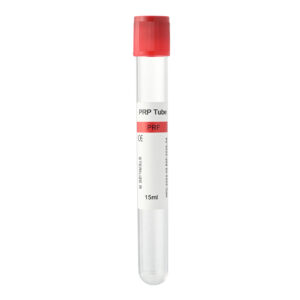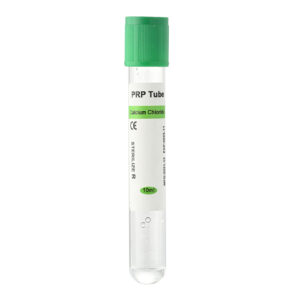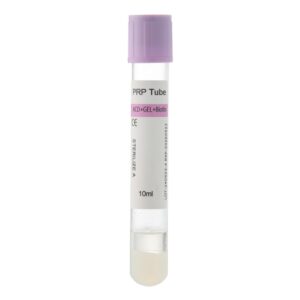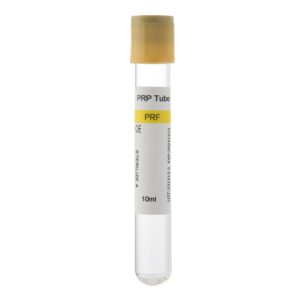Platelet-rich plasma (PRP) therapy has become widely adopted in various medical fields, including orthopedics, dermatology, dentistry, and aesthetic medicine. This treatment involves extracting the patient’s blood, processing it to concentrate platelets and growth factors, and re-injecting it into the affected area to promote tissue healing and regeneration. However, a common question patients have is: How long does the effect of PRP last? This article will delve into the science, clinical practices, and factors that influence the duration of PRP therapy.
The Basic Principle of PRP: How Does It Work?
PRP therapy works by harnessing the power of platelets, a critical component of the blood. Apart from their role in clotting, platelets contain growth factors such as Platelet-Derived Growth Factor (PDGF), Vascular Endothelial Growth Factor (VEGF), and Transforming Growth Factor Beta (TGF-β), which stimulate tissue repair and regeneration.
When healthcare providers inject PRP into damaged tissue, the growth factors accelerate healing, enhance collagen production, and promote the formation of new blood vessels. PRP’s regenerative properties make it particularly effective for treating joint injuries, skin aging, hair loss, and wound healing, among other conditions.
The Initial and Long-Term Effects of PRP Treatment
PRP therapy is not an immediate solution—it requires time to trigger its full effects. Patients typically start noticing some improvements within the first few weeks, but the full benefits emerge gradually.
2.1 Early Phase: 0–3 Months Post-Treatment
In the initial weeks following a PRP injection, patients usually experience a reduced inflammation and pain, and some may notice enhanced healing. For example, in joint treatments, patients often report less discomfort and an increased range of motion. In aesthetic treatments, improvements such as skin tone, texture, and the reduction of fine lines may be visible.
2.2 Mid-Phase: 3–6 Months Post-Treatment
As the growth factors continue to work, the effects of PRP become more pronounced. This period, generally between 3 to 6 months, is when patients experience the most significant improvements. For example, in the case of orthopedic or sports-related injuries, pain relief and functional recovery are often substantial. In aesthetic treatments like facial rejuvenation, patients may observe noticeable improvements in skin firmness and hair density.
2.3 Long-Term Effects: 6 Months and Beyond
The full benefits of PRP may plateau after 6 to 12 months, at which point the therapy’s regenerative effects diminish. However, since PRP primarily works by stimulating the body’s natural healing processes, the improvements in tissue regeneration and repair remain in place for a significant period. The duration of these long-term effects varies based on individual factors like age, overall health, and the area treated.
Factors That Influence the Duration of PRP Effects
While PRP is a powerful regenerative treatment, various factors influence its effectiveness and longevity. These include the patient’s health, the area being treated, the quality of the PRP preparation, and the treatment protocol.
3.1 Overall Health of the Patient
A patient’s general health is key to how well they respond to Plasma Rich Fibrin treatment. Age, immune function, and overall metabolic health can affect how quickly and effectively PRP stimulates tissue regeneration. Younger, healthier individuals tend to experience faster recovery and longer-lasting results, while older patients or those with chronic health conditions may see a more gradual response.
3.2 Treatment Area
The duration of PRP’s effect may vary depending on the treated area. For instance, aesthetic treatments such as skin rejuvenation or hair restoration might require ongoing maintenance, with treatments every 6 to 12 months to maintain visible results. On the other hand, PRP used for joint pain or injury recovery may provide longer-lasting relief with fewer follow-up sessions, as the tissue repair process tends to be more stable.
3.3 Quality of PRP Preparation
The quality of the PRP itself is another crucial factor in determining the treatment’s success. Healthcare providers typically prepare PRP using a centrifuge to separate blood components, with platelet concentration varying depending on the centrifugation process. Higher platelet concentrations are generally associated with more effective treatment and longer-lasting results. Proper preparation techniques are essential to maximize the benefits of Plasma Rich Fibrin therapy.
3.4 Treatment Frequency and Interval
The duration of PRP’s effects is also influenced by how many treatments are administered and at what intervals. Sometimes, a single PRP injection may suffice to achieve significant results. However, for chronic conditions or more extensive damage, multiple sessions may be required to achieve optimal long-term outcomes. In orthopedic treatments, for instance, patients may need to receive PRP injections every 6 to 12 months to maintain therapeutic benefits.
The Need for Re-Treatment to Maintain PRP Effects
To sustain the benefits of Plasma Rich Fibrin therapy, patients often need to undergo periodic re-treatment. Re-treatment frequency depends on the treatment condition and the patient’s response to the initial PRP injection. For example, in joint treatments, patients may require PRP injections every 6 to 12 months to maintain pain relief and function. For aesthetic treatments, such as facial rejuvenation or hair restoration, patients might need maintenance treatments every 6 to 12 months to keep their results.
Regular Plasma Rich Fibrin treatments help patients preserve the regenerative effects of the therapy and mitigate the natural aging or degeneration processes that can occur over time.
Conclusion
PRP is an effective treatment for promoting healing and regeneration. Still, the duration of its effect depends on factors such as the patient’s health, the area being treated, and the quality of the Plasma Rich Fibrin preparation. In most cases, the benefits of PRP last from 6 months to 1 year, with many patients opting for periodic treatments to maintain optimal results. Understanding how Plasma Rich FibrinPRP works, its potential benefits and the factors influencing its effectiveness can help patients make informed decisions and achieve the best possible outcomes.
Anyone considering Plasma Rich Fibrin therapy should consult with a qualified healthcare provider to develop a personalized treatment plan that suits their specific needs and goals.

